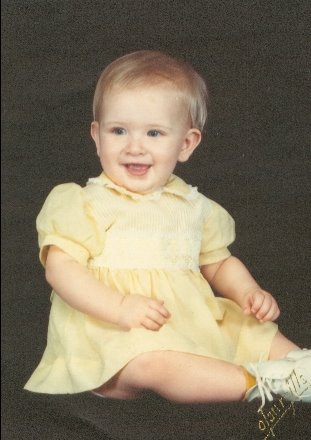All of Our Noses Are Here
Schwartz, Alvin (illus. Karen Ann Weinhaus). 1985. All of Our Noses Are Here: and Other Noodle Tales. New York: Harper & Row. ISBN: 0060252871
All of Our Noses Are Here is a collection of five short ridiculous stories about noodles—“kind and loving people” who have “very few brains”—named The Browns and their incredible mis-adventures. It includes the story of Jane who gets a donkey named Jim for her birthday. She and her brother Sam stop to get some apples in town and leave Jim tied to a parking meter. Two robbers decide to steal him—one takes off with it while the other stays. When Jane returns, the robber who stayed tells her that HE is Jim and that when he disobeyed his magician father, he was turned into a donkey. He asks her to please let him go home, Jane sets him free and she and Sam walk home. The next day, they go back to the market and run into Jim and Jane immediately feels sorry for the donkey and says, “Oh no! [He and his father] have had another quarrel. His father has turned him into a donkey again!” Another story is about a family of noodles who come back from a boat ride and keep counting themselves incorrectly—ending up with either too few or too many people. And another where a boy believes he is supposed to have died in a fall, so he closes his eyes and plays dead, but is excited and happy when he comes to and recounts what he did “before he died.”
Children’s Literature, Briefly by Jacobs and Tunnell (2004) call this sort of folk tale a “Noodlehead, or Numbskull, Tale” (p.77) in which “the simpleton stumbles merrily through life, coming out on top only because of providence.” All of Our Noses Are Here surely fits that description. In fact, there not only is no depth to the characters or the plot, there doesn’t seem to be any moral either. These stories seem to be nonsensical just for the sake of being silly—not to learn or prove anything. They’re the kind of stories that remind you of little jokes or puns your grandparents tell in passing at holiday gatherings—ones where you smile out of politeness at the time, but you may look back on with more fondness later.
Interestingly, these stories are among the myriad retold by Schwartz and are based on folk tales from around the world, throwing an international element into the mix.
The illustrations are colorful but simple—not exaggerative as one might think—and their mere appearance on the page confirms as proof the silliness of the story. Imagining a boy looking into a mirror and thinking it is a picture is ridiculous enough—seeing it illustrated on a page makes it just that much more over the top.
The one unfortunate thing—perhaps because no one knows what to say one way or the other—is that this collection has ZERO reviews. I couldn’t find a one. Not even on the publisher’s website, even though it was a Library of Congress Children’s Book Winner.
As for connections, this book (and its fellows) might be a good way to show children that any tale is a legitimate tale. After sharing a few of these, a teacher, parent or librarian might have the children create, write and illustrate their own “noodle” tales.
Reviewed by Joelie Key-Tissot 09/21/06


0 Comments:
Post a Comment
Subscribe to Post Comments [Atom]
<< Home